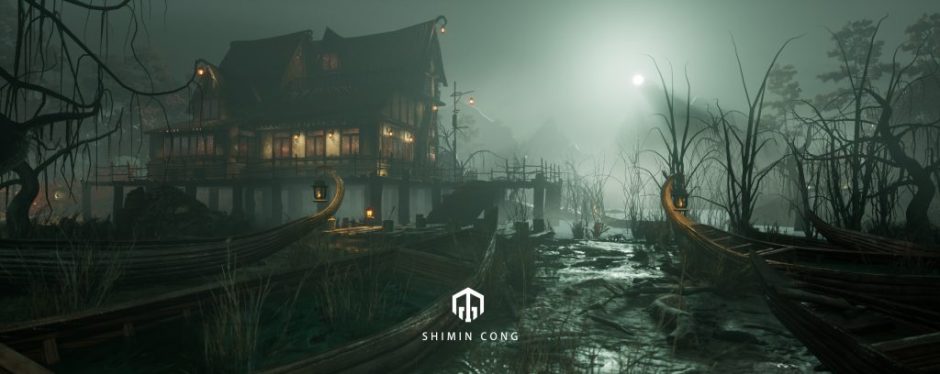Animation Principles in this practice
- timing
- arcs
- slow-in & slow-down
- pose-to-pose
- anticipation
- follow-through and overlapping action
Skip
The skip is a mix of a walk and a run with every third step omitted. During a walk, there’s a point where both feet are on the ground and there is always at least one foot in contact the ground. The walk slow as point and file the head is concerned is just after the foot makes contact.
In a run however at most one foot is in contact with the ground at any time and there the lrap phase when both feet are off the ground its lowest point is when the two legs pass each other on the path finished both the walk and the run make cot with the ground in a rigorous: left right left right left right……
During the ship, however, the third step in the left/ right sequence is omitted and then result in the pattern goes left right right left left right right…… Every right/left or left/right pair acts as if it’s part of a walk with both feet in contect with the ground. The gap resulting from the missing step is the lead phase that we find in a run. So both feet are off the ground, but unlike a run. We land on the same foot that we left off on.
Reference
I look for references on skip on the Internet. By comparing walking, we can clearly find that it takes 24 frames for a cycle around the walk cycle. For Skip, 32frames are required. More specifically: a complete ship cycle needs to be completed from left to right. Corresponding to 5, 11, 5, 11, 5, 11 respectively. This results in approximately 16 frames per treaty. In order to better observe the details of the action, I searched both video and picture resources. as follows:


Storyboard
For the references I found, I geometrically processed various parts of the human body and drew a storyboard with perspective relationships.

Animating
It is the same as the walk cycle exercise last week. I divide Animating into three parts. First, I animated for legs, feet and root in 0, 4, 8, 12, 16, 20, 24, 28.32. etc. Let the character have a basic position to move. The details are as follows:



Video:
Step 2: Anmiating for Spine. Here we should pay attention that when the left foot is on the ground, we can adjust the FK of bottom Spine to rotate to the right while rotating upwards. The opposite is top spine.
Details as follow:


Video:
The last stage is Animating for Clavicle, ShoulderFk, ElbowFk, WristFk and Finger. Before this process starts, my approach is to adjust the hands into a relaxed position. Then, adjust the actions of Clavicle, ShoulderFk, ElbowFk, WristFk and Finger in sequence .
At this stage, I discovered that the rig of the MOOM character is slightly different from that of Judy. It is embodied in Clavicle and Elbow. The former Clavicle controller cannot be rotated, and at the same time the rotation axis of the Elbow controller is added. In Elbow of Judy, only the Y axis can be rotated. In contrast, I personally think that Judy’s rig will be better. In the process of Animating for MOOM’s arms, the axis of rotation is always over-rotated, thus forgetting the orientation of the arms. This may be related to character design. I prefer judy’s rig.


Final video:
